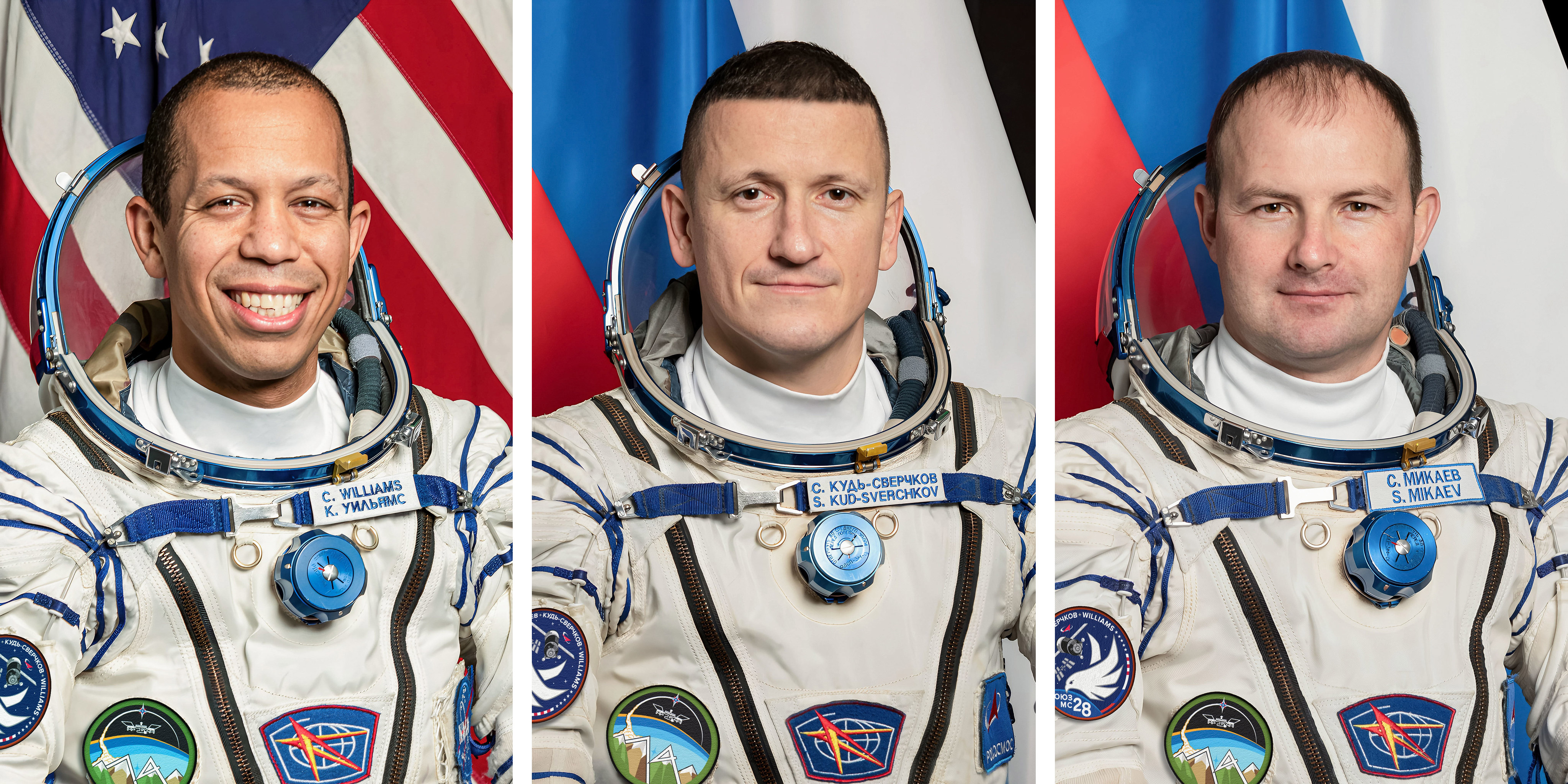Surveyor 6
Type
Launch
Target
Objective
What was Surveyor 6?
NASA's Surveyor 6 was part of the highly successful series of landers sent to the Moon to study whether a future human mission was possible.
- Surveyor 6 was the first spacecraft to be launched from the surface of the moon.
- The spacecraft returned nearly 30,000 images of the Moon.
| Nation | United States of America (USA) |
| Objective(s) | Lunar Soft-Landing |
| Spacecraft | Surveyor-F |
| Spacecraft Mass | 2,223 pounds (1,008.3 kilograms) |
| Mission Design and Management | NASA / JPL |
| Launch Vehicle | Atlas Centaur (AC-14 / Atlas 3C no. 5902C / Centaur D-1A) |
| Launch Date and Time | Nov. 7, 1967 / 07:39:01 UT |
| Launch Site | Cape Canaveral, Fla. / Launch Complex 36B |
| Scientific Instruments | 1. TV Camera 2. Alpha-Scattering Instrument 3. Footpad Magnets |
Firsts
- First liftoff from a celestial body
- First liftoff from the Moon
Key Dates
Nov. 7, 1967: Launch
Nov. 10, 1967: Lunar landing
Nov. 17, 1967: Surveyor 6 briefly fired its thrusters becoming the first spacecraft to be launched from the Moon's surface
In Depth: Surveyor 6
Surveyor 6 landed safely on the Moon at 01:01:04 UT Nov. 10, 1967, in the Sinus Medii (Central Bay) at coordinates announced as 0.46 degrees north latitude and 1.37 degrees west longitude (but probably closer to 0.473 degrees north latitude and 1.427 degrees west longitude).
The spacecraft returned 29,952 images of the lunar surface during less than two weeks of operation before the onset of the lunar night on Nov. 24, 1967, because of which the spacecraft was placed in hibernation mode on Nov. 26, 1967.
During its initial operations, the alpha-scattering instrument acquired about 30 hours of data on the chemical composition of the lunar surface. Although controllers regained contact briefly on Dec. 14, 1967, primary landing operations had ceased by this time.
Before termination of operations, on Nov. 17, 1967, Surveyor 6 was commanded to fire its three main liquid propellant thrusters for 2.5 seconds. As a result, the lander became the first spacecraft to be launched from the lunar surface. Surveyor 6 lifted up to about 10 feet (3 meters) before landing about 8 feet (2.5 meters) west of its original landing point.
Cameras then studied the original landing footprints in order to determine the soil’s mechanical properties and also to accomplish some stereo imaging, now that the source point had been displaced.
Surveyor 6 also sent back pictures of the bar magnet at the footpad allowing investigators to determine the concentration of magnetic material on the lunar surface.
Key Source
Siddiqi, Asif A. Beyond Earth: A Chronicle of Deep Space Exploration, 1958-2016. NASA History Program Office, 2018.




































